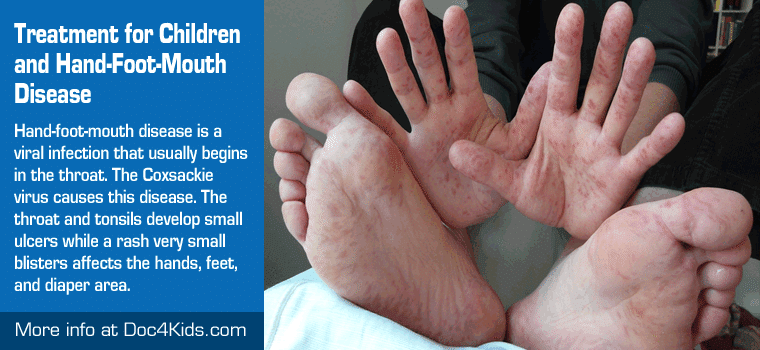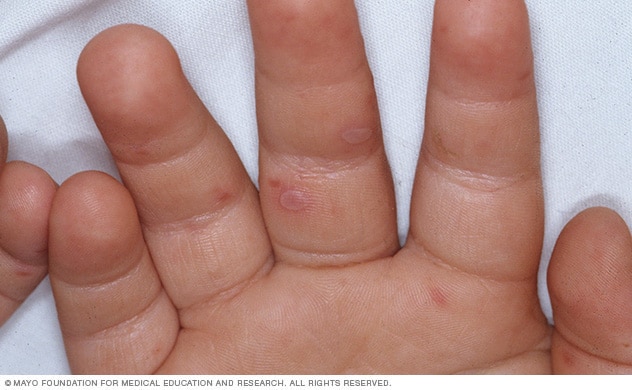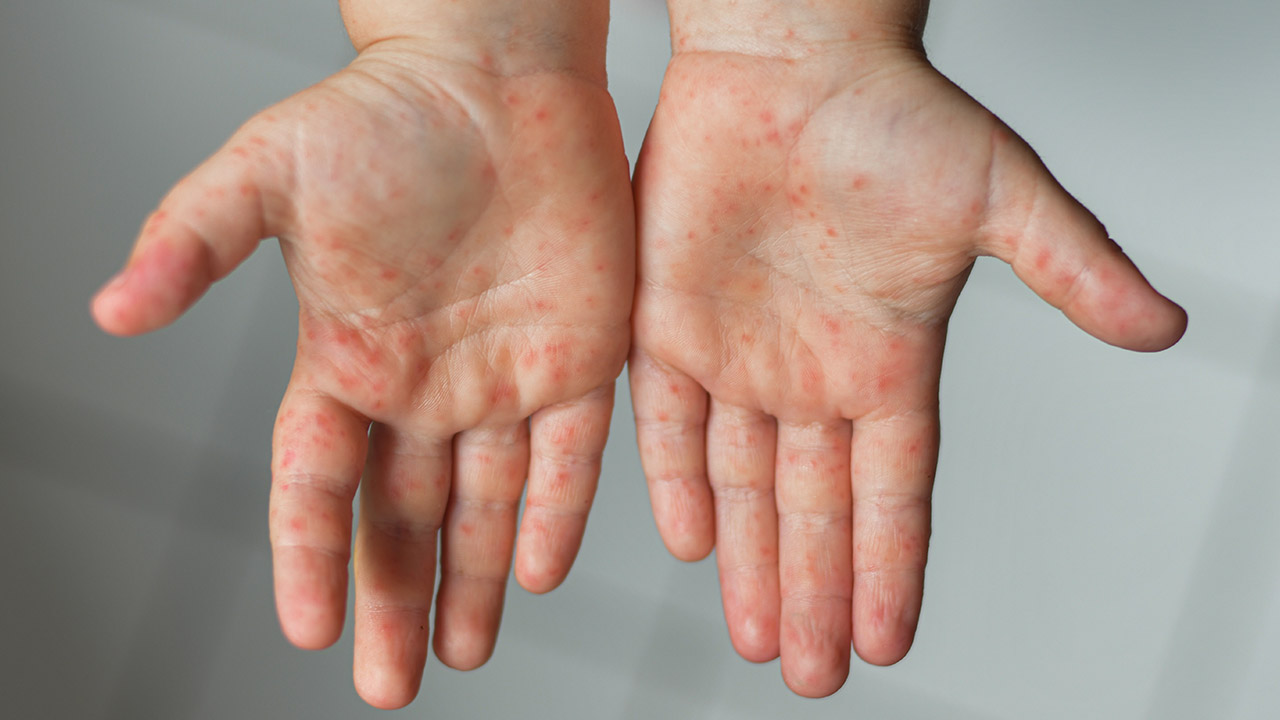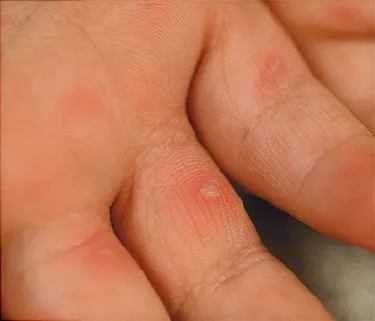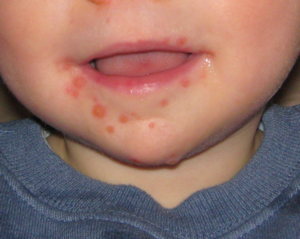Hand Foot Mouth Disease Etiology
Hand foot and mouth disease is usually a mild viral illness which is common in children.
Hand foot mouth disease etiology. Fingernail and toenail loss may occur a few weeks later. The virus can spread to others through an infected person s. The first signs of hand foot and mouth disease can be.
The most common cause of hand foot and mouth disease is infection with the coxsackievirus a16. This is followed a day or two later by flat discolored spots or bumps that may blister on the hands feet and mouth and occasionally buttocks and groin. Humans do not get the animal disease and animals do not get the human disease.
Hand foot and mouth disease is a common infection that causes mouth ulcers and spots on the hands and feet. Hand foot and mouth disease is caused by viruses. It typically begins with a fever and feeling generally unwell.
Nose and throat secretions such as saliva sputum or nasal mucus. Hand foot and mouth disease is often confused with foot and mouth disease also called hoof and mouth disease which affects cows sheep and pigs. Diagnosis is made by a local doctor and there is no specific treatment.
Coxsackievirus infection is contagious and the virus can spread by coming into contact with respiratory secretions from infected patients. After a few days mouth ulcers and a rash will appear. Not wanting to eat.
It usually clears up by itself in 7 to 10 days. A person infected with one of these viruses is contagious which means that they can pass the virus to other people. Hand foot and mouth disease is a common childhood illness caused by a virus coxsackievirus a 16.
Other types of enteroviruses sometimes cause hand foot and mouth disease. Signs and symptoms normally appear 3 6 days after exposure to the virus. Hand foot and mouth disease is a common childhood illness that can affect adults.
These viruses can cause diseases that range from very mild to life threatening. The coxsackievirus belongs to a group of viruses called nonpolio enteroviruses. A high temperature above 38c.
It s most common in young children particularly those under 10 but can affect older children and adults as well. Coxsackieviruses are a common cause of infection. Hand foot and mouth disease hfmd caused by enteroviruses is a syndrome characterized by fever with vesicular eruptions mainly on the skin of the hands feet and oral cavity.
Hand foot and mouth disease is contagious. Check if it s hand foot and mouth disease. Hfmd primarily affects infants and young children.
Oral ingestion is the main source of coxsackievirus infection and hand foot and mouth disease. Good personal hygiene is important to prevent spread of the disease.




